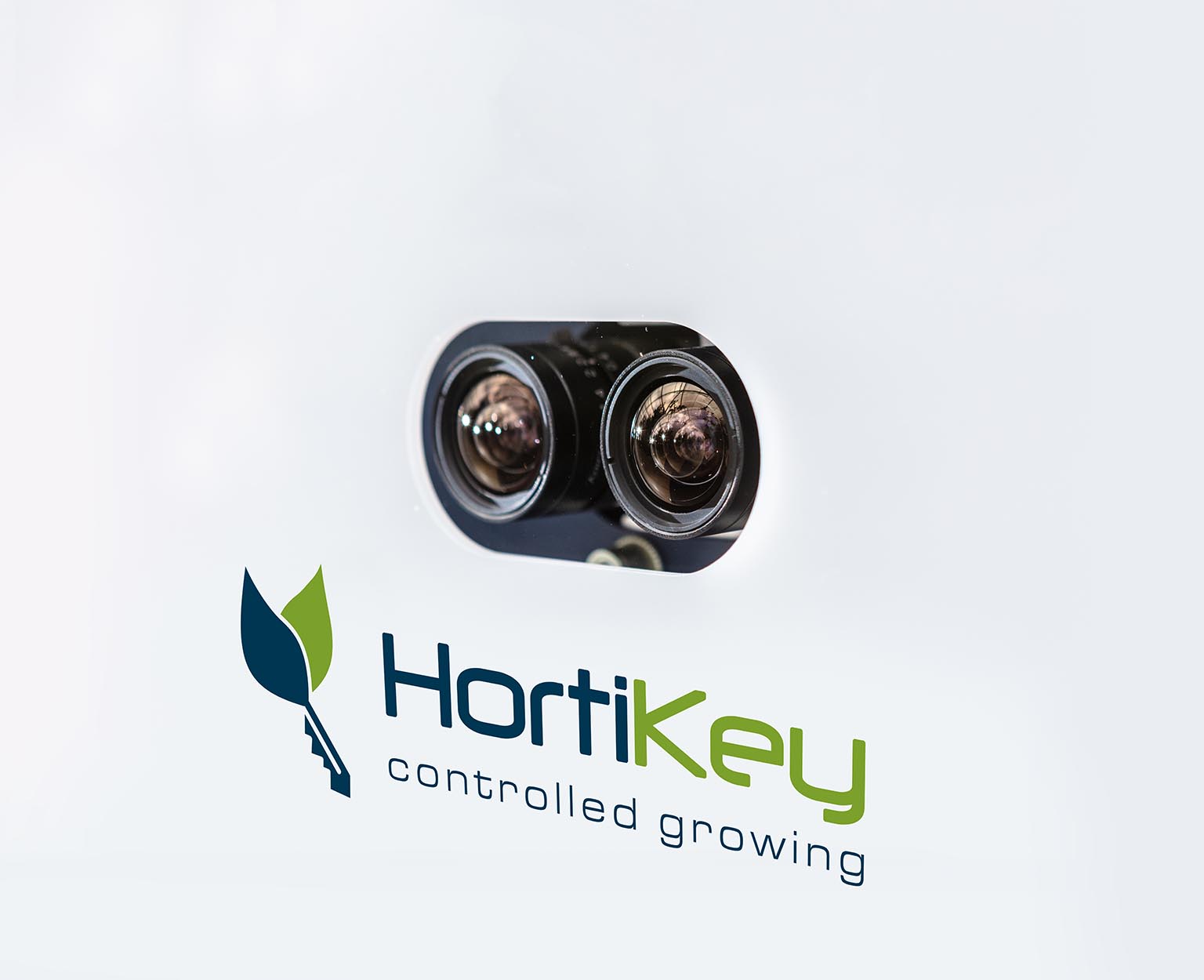The Plantalyzer has been operational for 9 months now. In that period great strides have been made. In addition to a halving of the harvest prognosis error margin, there have also been various software updates in the autonomous driving system. Among other things, the rotation performance has increased to 99%.
In the summer of 2020, the operational deployment of the Plantalyzer started. Data was collected during cultivation for the harvest prognosis. Letsgrow.com developed a forecast model specifically for the Plantalyzer. This was trained with during the summer. After the summer, during the remaining time of the growing season, the prognosis model was tested and validated. At the end of November, the first results of the validation were known. Normally, in the second half of the growing season, it is often more difficult to make forecasts because of fluctuations in production. However, soon after the start, reliable harvest prognoses were calculated on the basis of the retrieved planting data. Andreas Hofland enthusiastically explains: “It is precisely the fluctuations in production due to peaks and troughs that are predicted very well.” The first results in this period indicated a halving of the current harvest forecast error margin. The Plantalyzer does its job!
Software updates
For the 2021 growing season, the Plantalyzer has received an update in the vision software, which will ultimately increase the accuracy of the prognosis even further. Andreas Hofland: “Our goal is to achieve a reliability of 95% for our customers.”
The detection of tomatoes has also been extended to truss cherry tomatoes. In January and February, we also worked on a major update in the row software of the Plantalyzer. With this update, the rotation movement has been improved, which makes the Plantalyzer more robust to drive autonomously on the pipe rail. With this update, the performance is more than 99%. The above mentioned updates are valid for all Plantalyzers.
